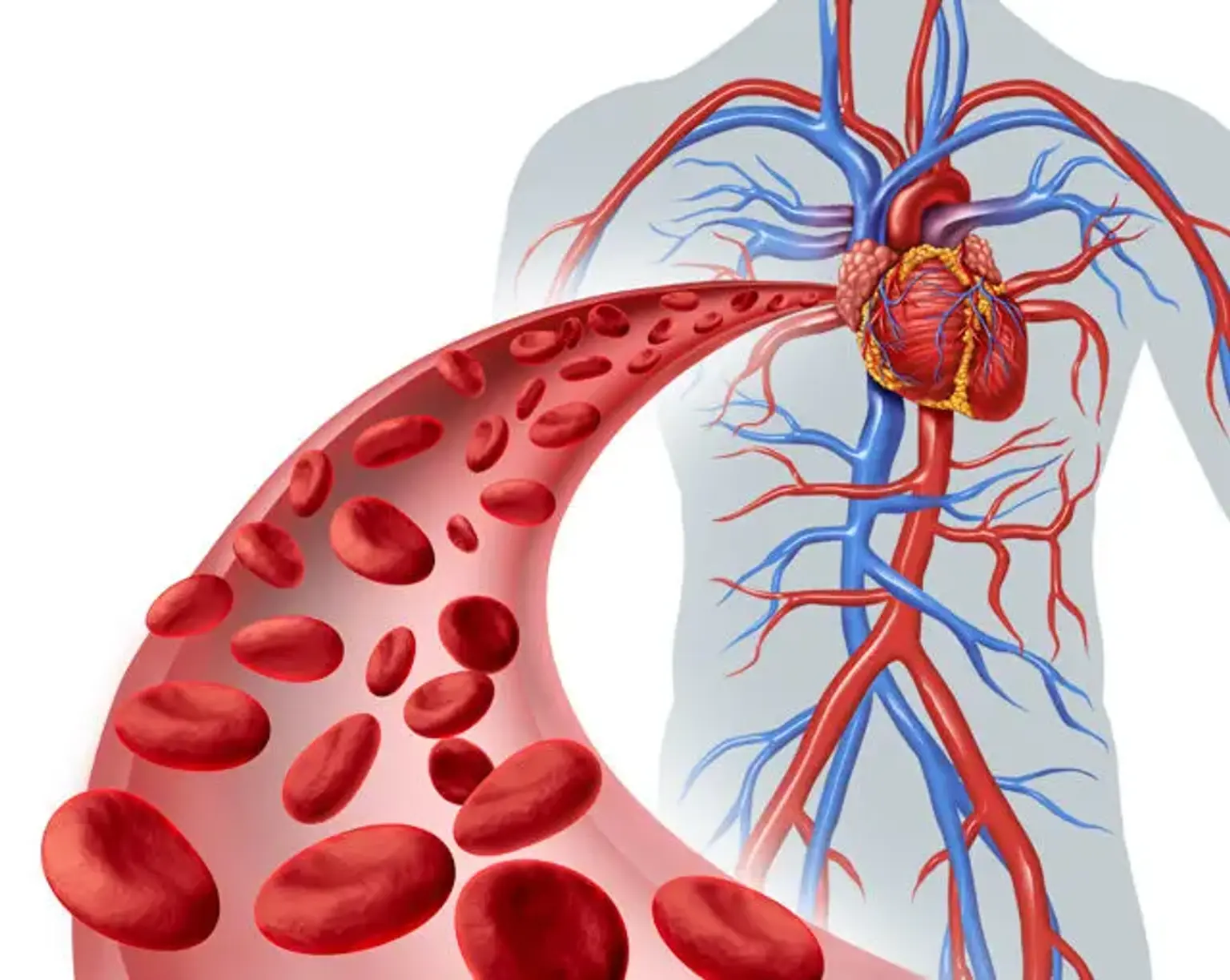Endovascular Surgery
The term endovascular refers to the inner parts of the blood vessels. Therefore, endovascular surgery is a surgical procedure to treat and repair complex diseases and disorders of the blood vessels.
There are several forms of treatment to address the damaged blood vessels. According to most patients, this surgical procedure is less invasive as compared open type of surgery. It also comes with various benefits including, a shorter hospital stay, quick recovery period, less pain, small to no incisions, and limited risks of complications.
